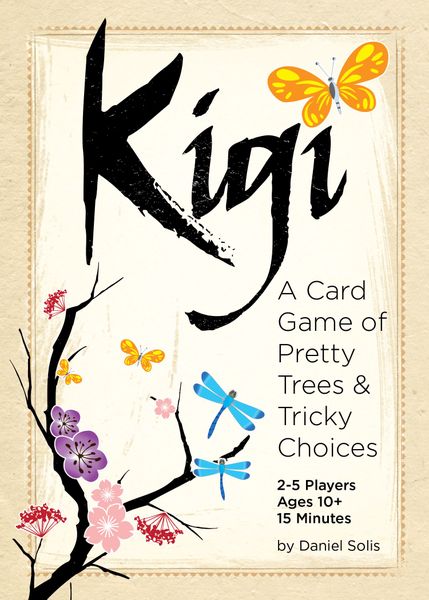Kigi (2014) Board Game
Kigi is a board game released in 2014, designed by Daniel Solis and published by GameField. It falls under the categories of Abstract Strategy, Animals, Card Game, and Territory Building. The game is suitable for 2 to 5 players, with a runtime of around 20 minutes. Players must use their strategic skills to build the most beautiful tree in the forest by collecting branches, leaves, and fruits.
Game Components of Kigi
How To Setup Kigi
To set up Kigi, each player receives a trunk card, which serves as the base of their tree. A display of three branch cards is placed in the center of the table. Players then take turns selecting branch cards to add to either their own tree or an opponent’s tree. Scoring cards are also drawn and kept by players to be used for end-game scoring.
Gameplay Mechanics and Game Objective
Player Experience
Playing Kigi feels more like tending a garden or growing a tree rather than painting, despite its initial concept. The game involves simple turns where players choose branch cards to add to their tree or an opponent’s, and possibly scoring points or collecting scoring cards. The organic growth of the trees and the timing of scoring bonuses add a dynamic and replayable element to the game.
Pros
Cons
Personal Thoughts on Kigi
Kigi is ideal for those who enjoy abstract strategy games with a touch of creativity and a relaxed atmosphere. It’s a great game for casual game nights or for players looking for something light yet engaging. However, players seeking intense competition or complex mechanics might find it too simplistic. Overall, Kigi offers a unique and visually appealing gaming experience that is both fun and challenging.
We are supported by our audience. When you purchase through links on our site, we may earn an affiliate commission, at no extra cost for you. Learn more.

